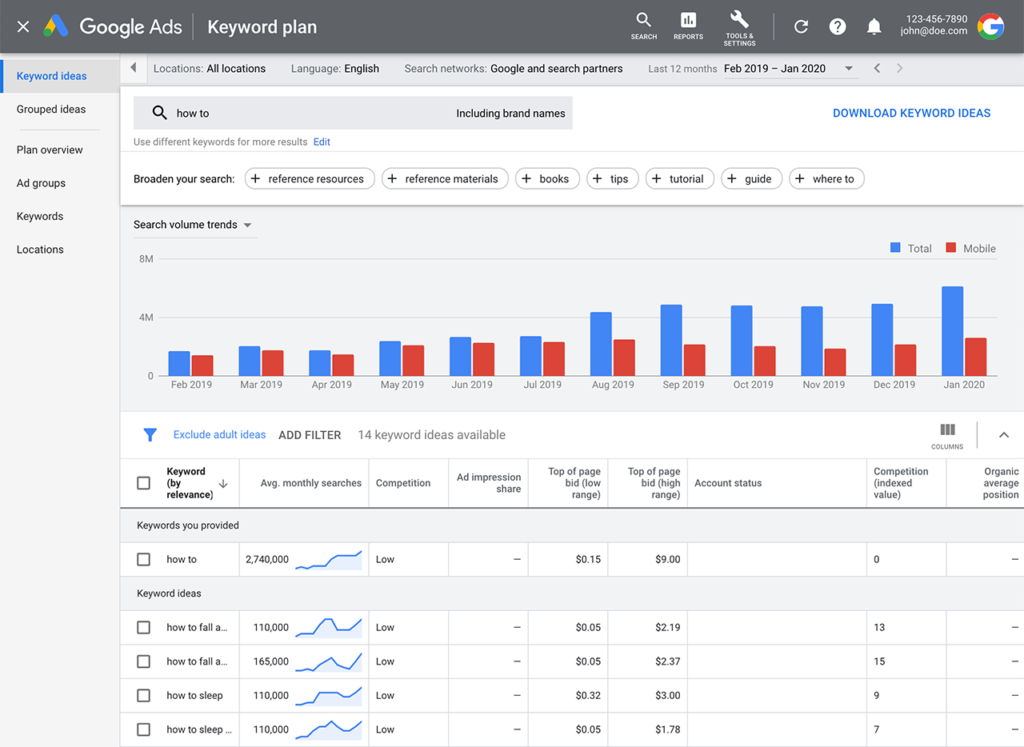Introduction
Robotic Process Automation (RPA) has rapidly gained traction in recent years as businesses seek to streamline their processes and improve efficiency. We will explore the world of RPA, its benefits, use cases, and the future of this transformative technology. So, let’s dive in and learn how RPA is revolutionizing the business world!
What is Robotic Process Automation?
Definition and Overview
Robotic Process Automation is a technology that enables the automation of repetitive, rule-based tasks by leveraging software robots or artificial intelligence (AI) to mimic human actions. RPA is a powerful tool for businesses to optimize their workflows and reduce the burden of manual tasks on employees.
How RPA Works
RPA works by employing bots, or software robots, to perform tasks that were previously handled by human workers. These bots can interact with applications, systems, and data just like humans, making them capable of performing tasks such as data entry, validation, and processing.
Key Benefits of Robotic Process Automation
- Increased Efficiency: RPA can significantly boost efficiency by automating time-consuming tasks, allowing employees to focus on more strategic and value-added activities.
- Reduced Errors: Bots can perform tasks with high accuracy, minimizing the risk of errors that can result from human fatigue or oversight.
- Cost Savings: RPA can lead to substantial cost savings by reducing the need for manual labor and improving operational efficiency.
- Scalability: RPA can easily be scaled up or down based on business requirements, ensuring that companies can quickly adapt to changing demands.
- Improved Compliance: RPA can help maintain compliance with regulations by automating tasks that require strict adherence to rules and guidelines.
RPA Use Cases Across Industries
Finance and Accounting
RPA has a significant impact on finance and accounting, streamlining tasks such as invoice processing, expense management, and financial reporting. By automating these processes, RPA can help reduce errors and improve overall financial management.
Human Resources
In the realm of human resources, RPA can automate various administrative tasks such as onboarding, payroll processing, and employee data management. This allows HR professionals to focus on more strategic initiatives like talent acquisition and employee engagement.
Healthcare
RPA has immense potential in the healthcare sector, where it can automate tasks such as appointment scheduling, patient data management, and insurance claims processing. This can help healthcare providers deliver better patient care while reducing administrative overhead.
Retail
Retailers can leverage RPA to improve inventory management, order processing, and customer service. By automating these processes, businesses can ensure a seamless shopping experience for their customers while optimizing their operations.
Choosing the Right RPA Tools
When selecting RPA tools, it’s essential to consider factors such as ease of use, scalability, and integration capabilities. Some popular RPA platforms include UiPath, Automation Anywhere, and Blue Prism, each offering its unique features and benefits.
The Future of Robotic Process Automation
As RPA continues to evolve, we can expect further integration with AI and machine learning technologies, enabling more advanced automation capabilities. Additionally, the emergence of low-code and no-code platforms will make RPA more accessible to businesses of all sizes.
Challenges and Limitations of RPA
While RPA offers numerous benefits, it is essential to acknowledge the challenges and limitations associated with its implementation.
High Initial Investment
Implementing RPA can require a substantial initial investment, as businesses need to procure the necessary software and hardware, as well as train employees to manage the system effectively.
Integration with Legacy Systems
Integrating RPA with existing legacy systems can be challenging, as it may require significant customization and development effort.
Change Management
Adopting RPA may entail a cultural shift within an organization, as employees need to adapt to new ways of working and embrace the technology.
Best Practices for Implementing RPA
To maximize the benefits of RPA and overcome potential challenges, organizations should consider the following best practices:
- Identify the Right Processes: Start by identifying tasks that are repetitive, rule-based, and prone to errors – these are the prime candidates for RPA.
- Develop a Comprehensive Strategy: Create a clear roadmap for RPA implementation, including goals, timelines, and resource allocation.
- Involve Key Stakeholders: Engage employees, management, and IT teams to ensure a smooth transition and adoption of RPA.
- Monitor and Optimize: Continuously monitor the performance of RPA bots and make adjustments as needed to improve efficiency and effectiveness.
RPA Success Stories
Several organizations have successfully implemented RPA and experienced significant benefits, including:
- A global bank reduced the time spent on account closures by 70% using RPA, leading to increased efficiency and customer satisfaction.
- A leading insurance company automated their claims processing, reducing processing time by 50% and improving accuracy rates.
These success stories highlight the potential of RPA in transforming businesses and driving growth.
Final Thoughts
Robotic Process Automation is an exciting technology that holds the promise of revolutionizing the way businesses operate. By understanding its benefits, challenges, and best practices, organizations can effectively harness the power of RPA and stay ahead in an increasingly competitive landscape.





